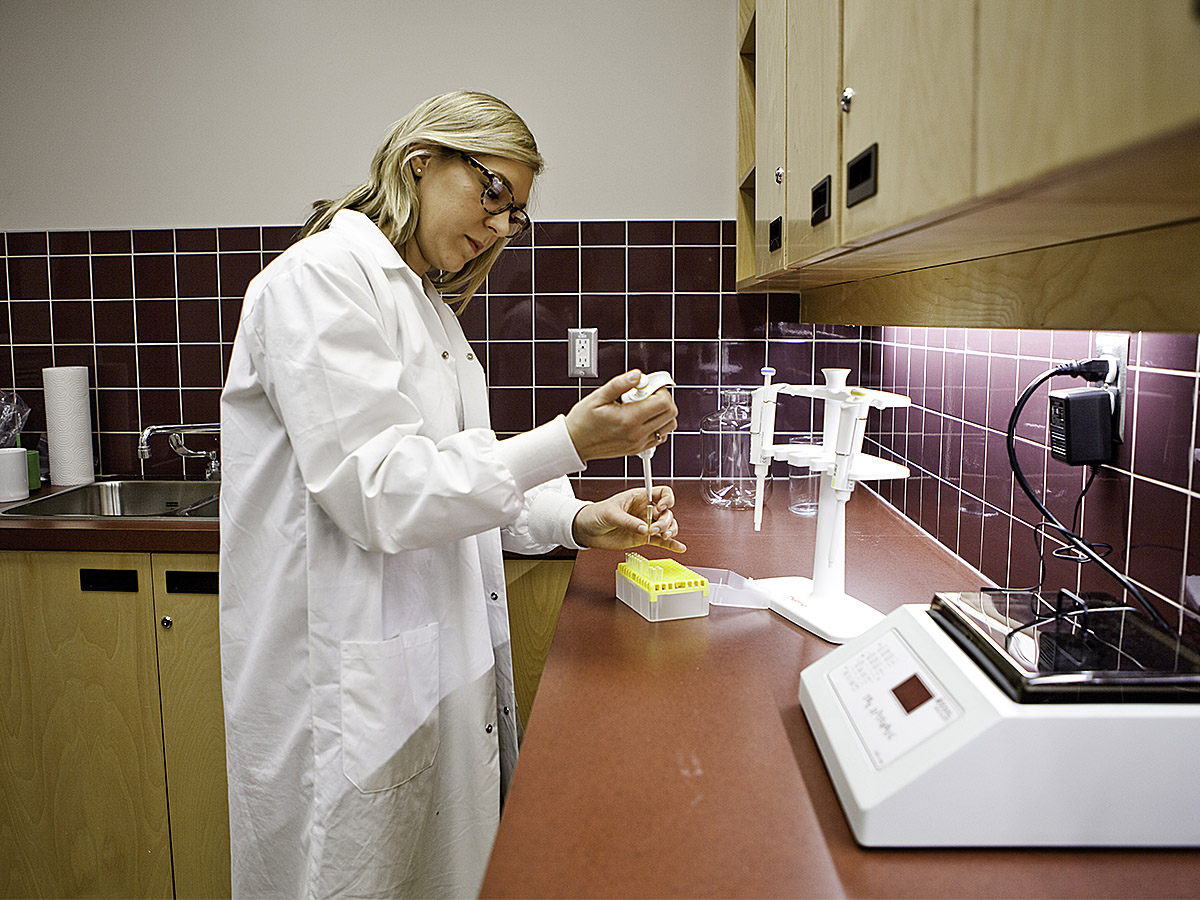Institute for Stress and Wellbeing Research

In 2012, the Department of Psychology at Ryerson University founded The Institute for Stress and Wellbeing Research. The Institute is jointly funded by the Ontario Ministry of Research and Innovation and Ryerson University. The Institute brings together a leading edge team of international researchers, clinicians, and trainees from Canada, USA, UK, and China with key skill sets in the biological, cognitive-behavioural, and subjective aspects of stress. Several novel features define the Institute. First, our international, multidisciplinary team is pursuing science that encompasses development from fetal development through old age. Second, the Institute infrastructure incorporates multiple capabilities (from brain oxygenation, to hormones, to respiration), permitting the simultaneous study of several stress systems. Third, the Institute studies healthy populations side by side with vulnerable populations, allowing for innovative clinical trials. Fourth, the Institute turns theory into practice by providing clinical interventions aimed at supporting individuals and their families. Collectively, the goal is to understand the multiple facets of stress in order to minimize its negative aspects and maximize its positive implications.
The Institute has equipment that is capable of measuring and analyzing electrical and hemodynamic brain activity (EEG and fNIR, respectively), hormonal assays, psychophysiology (e.g., electromyogram, respiratory rate and effort, electrocardiogram, pulse, electrodermal activity and blood pressure) as well as face/emotion capture and eye tracking. In addition, the facility is equipped with sophisticated audio and visual recording equipment as well as two head mounted virtual reality systems integrated with a software suite for stress, addiction and phobia related scenarios. At the backbone of the Stress Institute’s infrastructure are several data analysis servers running across Windows, OSX and Linux platforms. These servers are streamlined with a 24TB networked storage server. Expert staff and highly trained research personnel are available to operate and maintain the equipment.
The Harry Rosen Research Commons is a large meeting room and collaborative workspace central to the Institute for Stress and Wellbeing Research. This space was made possible through a generous donation from Mr. Harry Rosen. The Harry Rosen Commons is setup as a research hub; all of the Stress Institute testing rooms and labs connect through this space, which creates a highly collaborative research environment. Part of the donation by Mr. Rosen was used to create several research grants to support stress-related research in the Institute.

Advantages of Technology and Location
State of the art technology makes possible the widest range of tools for measuring stress, including: genotyping, hormone analysis, measurement of electrical activity in the brain, measurement of oxygen distribution in the brain, and “autonomic” function (such as heart rate, respiration rate, pupil dilation)—all finely calibrated in relation to health status and conditions in the environment. This technology, along with the breadth of purpose and diverse expertise contributed by an international team, poise the Institute for leading edge discovery.
With its advantageous location in downtown Toronto’s “Discovery District,” home to seven world renowned hospitals and more than 30 specialized medical and sciences research centres, the Institute is uniquely positioned to create synergistic research collaborations that will advance knowledge and practical applications in the areas of stress, wellbeing, intervention, and policy. Ultimately, the Institute for Stress and Wellbeing Research aims to promote Canadians’ quality of life, health, and prosperity.

How Does Stress Affect the Health of Canadians?
Stress is important to all Canadians. According to Statistics Canada, over 1 in 4 Canadians report daily stress levels in the high to severe range. As a subjective experience of “dis - ease”, stress degrades quality of life. Stress also has an associated physiology; this physiology links stress to almost all diseases known to humankind, physical and psychological. For example, the abnormal hormonal production associated with stress is linked to diabetes, accumulation of body fat, hypertension and heart disease.
Stress is also linked to smoking, sleep disorder, depression and anxiety. Furthermore, stress physiology exerts its influence throughout the lifespan. Prenatally, maternal stress influences the physiology and development of the fetus. This process likely continues through infancy. Stress also exerts an impact later in life by predisposing to disease and accelerating the cognitive aging process. In fact, stress is associated with age of mortality. All these outcomes and many others are associated with stress and its associated physiology.

Stress: Is there a positive side?
Of course, it is also true that many people learn to cope with extreme stress or even use it to accelerate their productivity. This aspect of stress is also mediated physiologically. Both the positive and negative aspects of stress require further research.